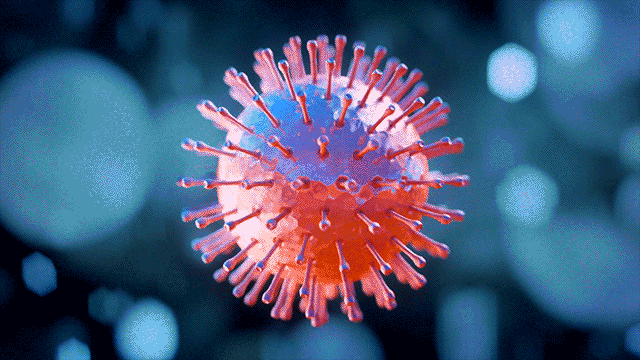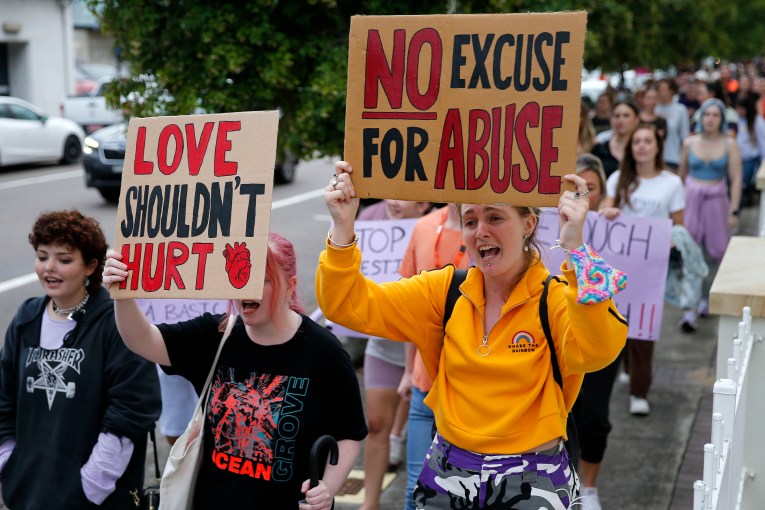Why Australia’s coronavirus shutdown rules won’t end any time soon


Canberra says it has no active coronavirus cases – seven weeks after recording its first. Photo: Getty
As Australia’s coronavirus infection rate curve continues to flatten, hopes have been raised of lifting lockdown restrictions and beginning our return to normal life.
On Tuesday, Health Minister Greg Hunt said Australia’s COVID-19 fatality rate was “one of the lowest rates in the world” and that our growth rate was “well below two per cent a day”.
As of 6am on Wednesday, Australia had 6416 confirmed coronavirus cases, up from 6366 on Tuesday, and 61 deaths.
More than 3590 people have recovered from the disease.
Although every death is a tragedy and the fight against the virus is far from over, our case numbers pale in comparison to harder-hit countries like the United States, which has more than 613,000 confirmed cases and more than 26,000 deaths, or Spain or Italy.
So, given how well we are doing at slowing the spread of the virus, will restrictions on social gatherings and public places be eased in coming weeks?
Unfortunately that won’t be happening any time soon.
Prime Minister Scott Morrison has warned the lockdown could last for “at least six months and potentially beyond that”.
Although it is heartening to see that tough social distancing rules and quarantine measures pay off, it is simply too early to risk easing restrictions in case a second spike of cases emerges.
This is what has occurred in China, where travel restrictions were partially lifted in Wuhan last week after two months of punishing lockdown conditions.

People wearing protective clothing and masks arrive at Hankou railway station in Wuhan. Photo: Getty
According to China’s National Health Commission, 108 new coronavirus cases were recorded on Sunday – the highest number since March 5 when 143 new infections were registered.
However, medical authorities believe most of these new cases came from abroad.
Meanwhile in Singapore, which had been a master class in responding to the virus, the number of new infections has recently surged, prompting the city-state to enter partial lockdown.
On Tuesday, Singapore’s health ministry confirmed 386 more cases of coronavirus infection – its biggest jump daily jump – taking its total to 2918.
Lessons from China and Singapore show there is no room for complacency.
In response to these second waves of outbreaks, the World Health Organisation has released six new criteria that countries must meet before even considering lifting restrictions:
- Transmission of the virus must be under control
- Health systems must be able to detect, test, isolate and treat every case of COVID-19, as well as trace every contact
- Outbreak risks must be minimised, especially in places like hospitals and aged-care facilities
- Preventive measures in workplaces, schools and other essential places must be rolled out
- Importation risks must be managed
- Communities must be educated, engaged and empowered to adjust to the ‘new norm’ of everyday life.
Mr Hunt said despite the “progress and good news” in our fight to slow the virus’s spread, we cannot afford to ease restrictions too early.
“The risk of loosening too early means that we would put ourselves at risk of a second wave,” Mr Hunt said.
“We’re in a very strong position. What we could do wrong would be to loosen too early.”








